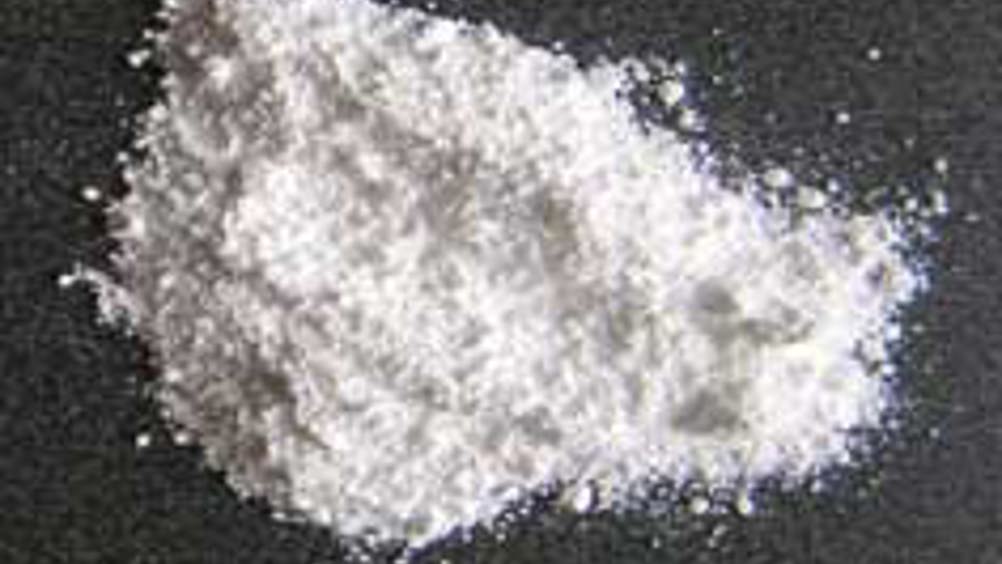Rare-earth-oxide recovery
Researchers from Leeds University’s faculty of engineering have discovered how to recover significant quantities of rare-earth oxides that are present in titanium-dioxide minerals.

The rare-earth oxides, which are indispensable for the manufacture of electric components, are extracted or reclaimed from the waste materials of another industrial processes.
Despite their name, the 15 rare-earth metals occur more commonly within the Earth’s crust than precious metals such as gold and platinum but their oxides are rarely found in sufficient concentrations to allow for commercial mining and purification.
They are, however, found relatively frequently alongside titanium dioxide - a versatile mineral that is used in everything from cosmetics and medicines to electronics and the aerospace industries - which Leeds University’s Prof Animesh Jha has been researching for the last eight years.
The Leeds breakthrough came as Jha and his team were fine tuning a patented industrial process they have developed to extract higher yields of titanium dioxide and refine it to over 99 per cent purity.
Not only does the technology eliminate hazardous wastes and cut costs and carbon-dioxide emissions, the team also discovered they can extract significant quantities of rare-earth metal oxides as co-products of the refining process.
Register now to continue reading
Thanks for visiting The Engineer. You’ve now reached your monthly limit of news stories. Register for free to unlock unlimited access to all of our news coverage, as well as premium content including opinion, in-depth features and special reports.
Benefits of registering
-
In-depth insights and coverage of key emerging trends
-
Unrestricted access to special reports throughout the year
-
Daily technology news delivered straight to your inbox










Water Sector Talent Exodus Could Cripple The Sector
Maybe if things are essential for the running of a country and we want to pay a fair price we should be running these utilities on a not for profit...